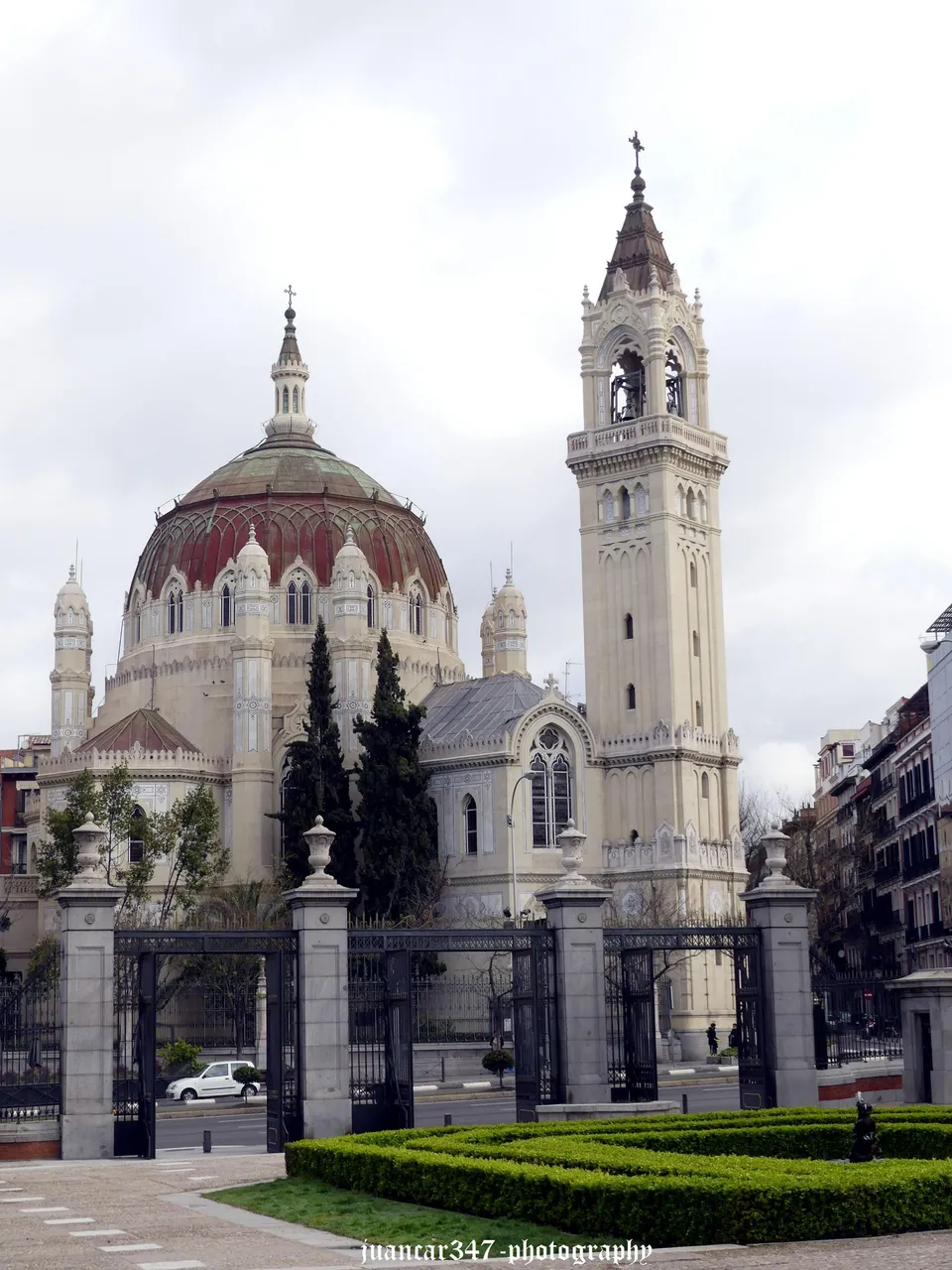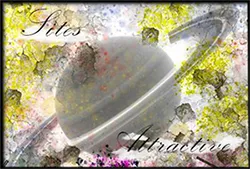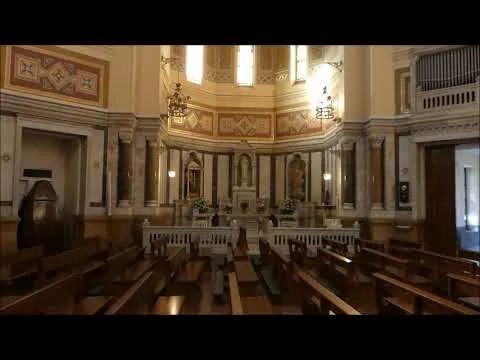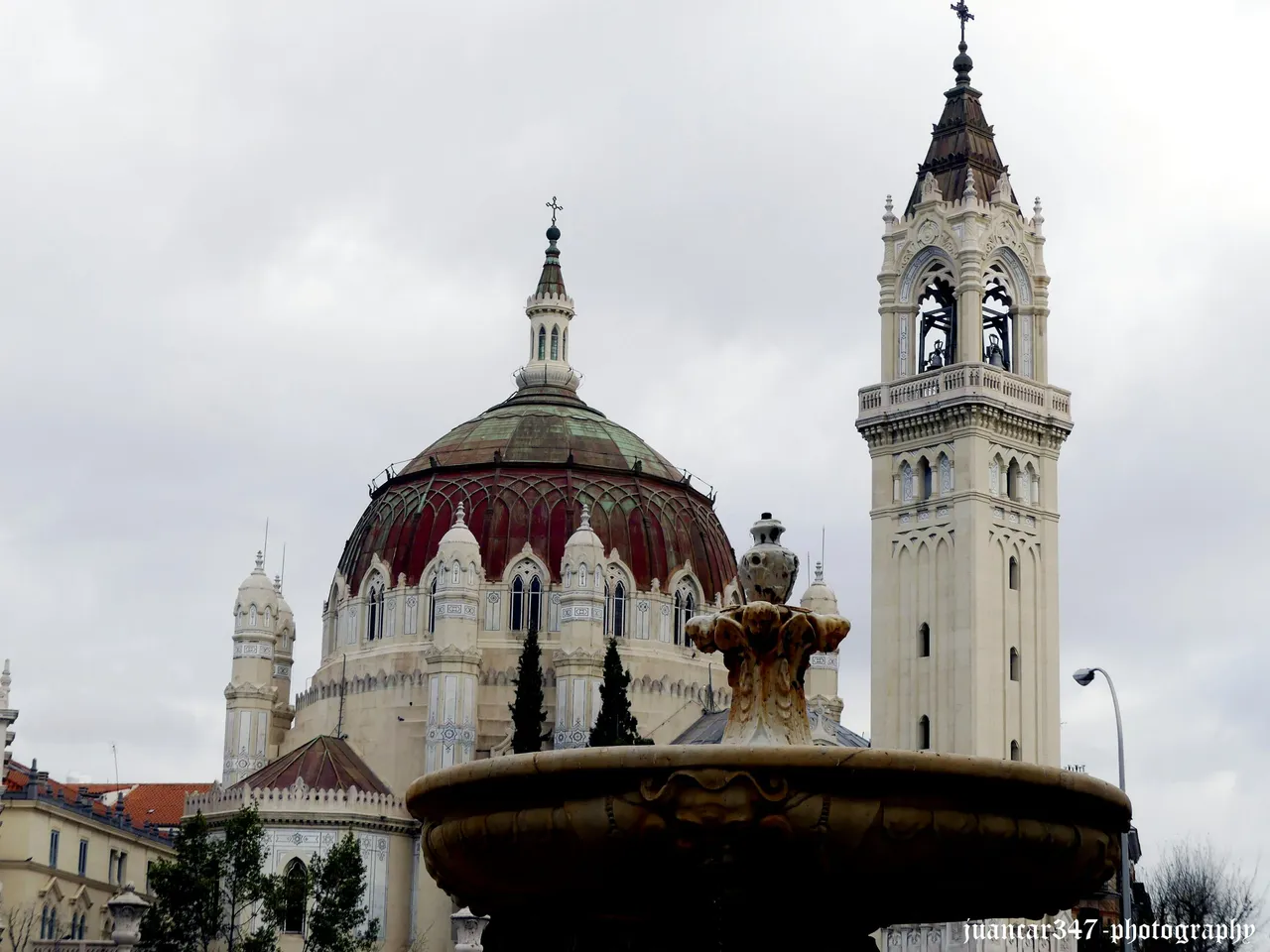
From this retrospective look at artistic and architectural forms of the past, which they promoted, we could think that with a certain nostalgia, many architects of the end of the 19th century, among which it is worth mentioning the restorer of the Parisian cathedral of Notre-Dame, Viollet-le- Duc, we have some wonderful examples, on which to focus, not only an admiring or aesthetic look, but also the adorable seduction of a style, the Byzantine, that seems to have eternalized in time.

Little or nothing matters, in fact, that from the middle of the 20th century, the Byzantine term fell into linguistic obsolescence, being gradually replaced by Romanesque, which, in my opinion, subtracts all or a good part of its original poetic beauty.
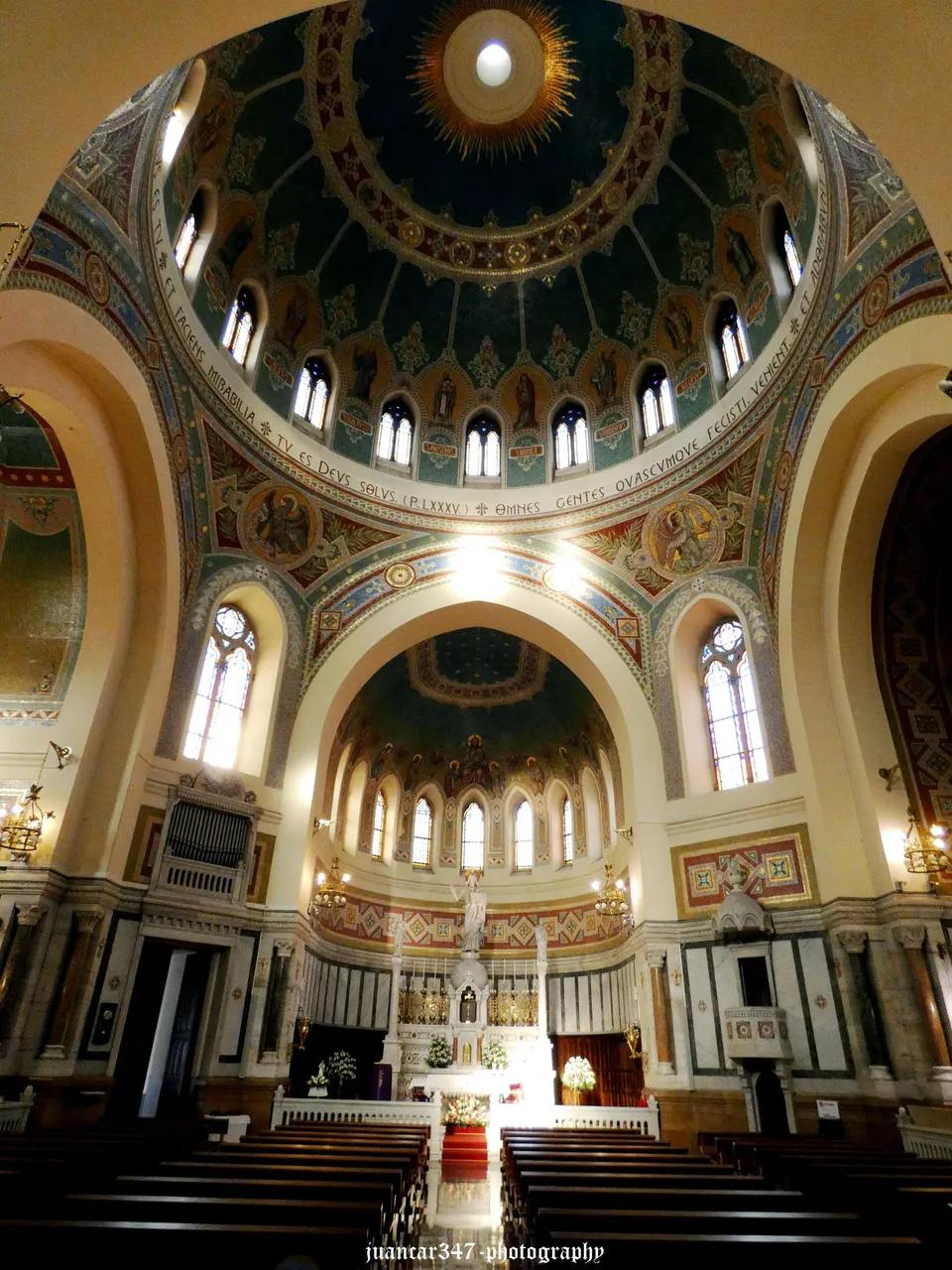
But the truth is -we call it Byzantine or Romanesque, even if it is under the prefix of neo or new- that thanks to that retrospective look, to that call for attention to the magnificence of classical architecture, today we can enjoy the grandeur and the aesthetic nobility of temples like this church, pre-Romanesque or pre-Byzantine -depending on the taste of the dear reader- of Saints Manuel and Benito, dedication, which is actually based on the first names of their patrons: the businessman of Catalan origin, Manuel Caviggioli and his wife, Benita Maurici.
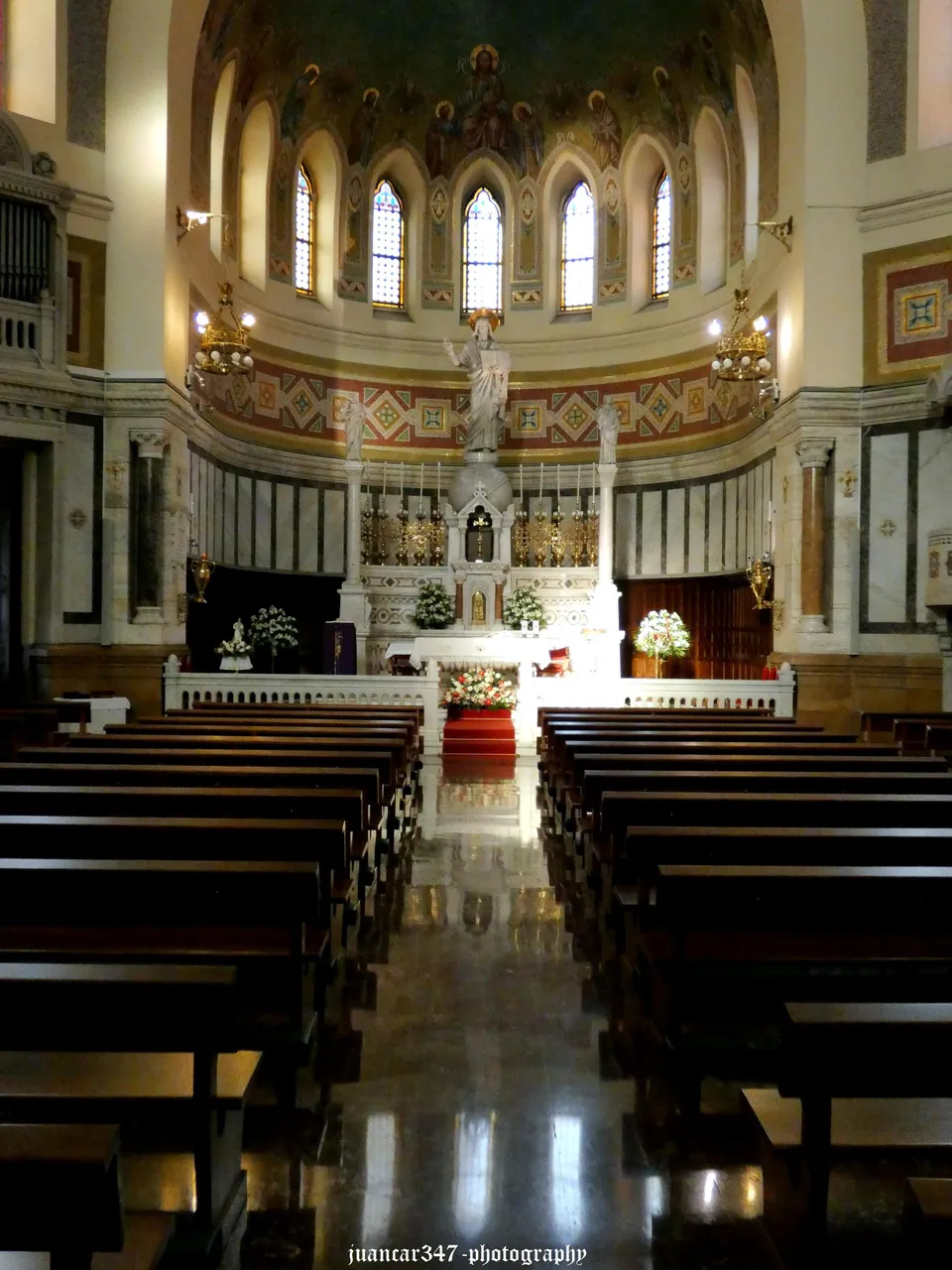
The environment that welcomes it - ceded by these patrons, for the advent of a community of Augustinian Fathers - also deserves a visit twice, since, located at number 83 on Calle de Alcalá, it is just opposite of one of the main entrances of that other great complex, both natural and monumental, which is the Parque del Buen Retiro, originally designed for the exclusive enjoyment of royalty and today, open to everyone, a place where you can relax carry voluntarily by the senses.
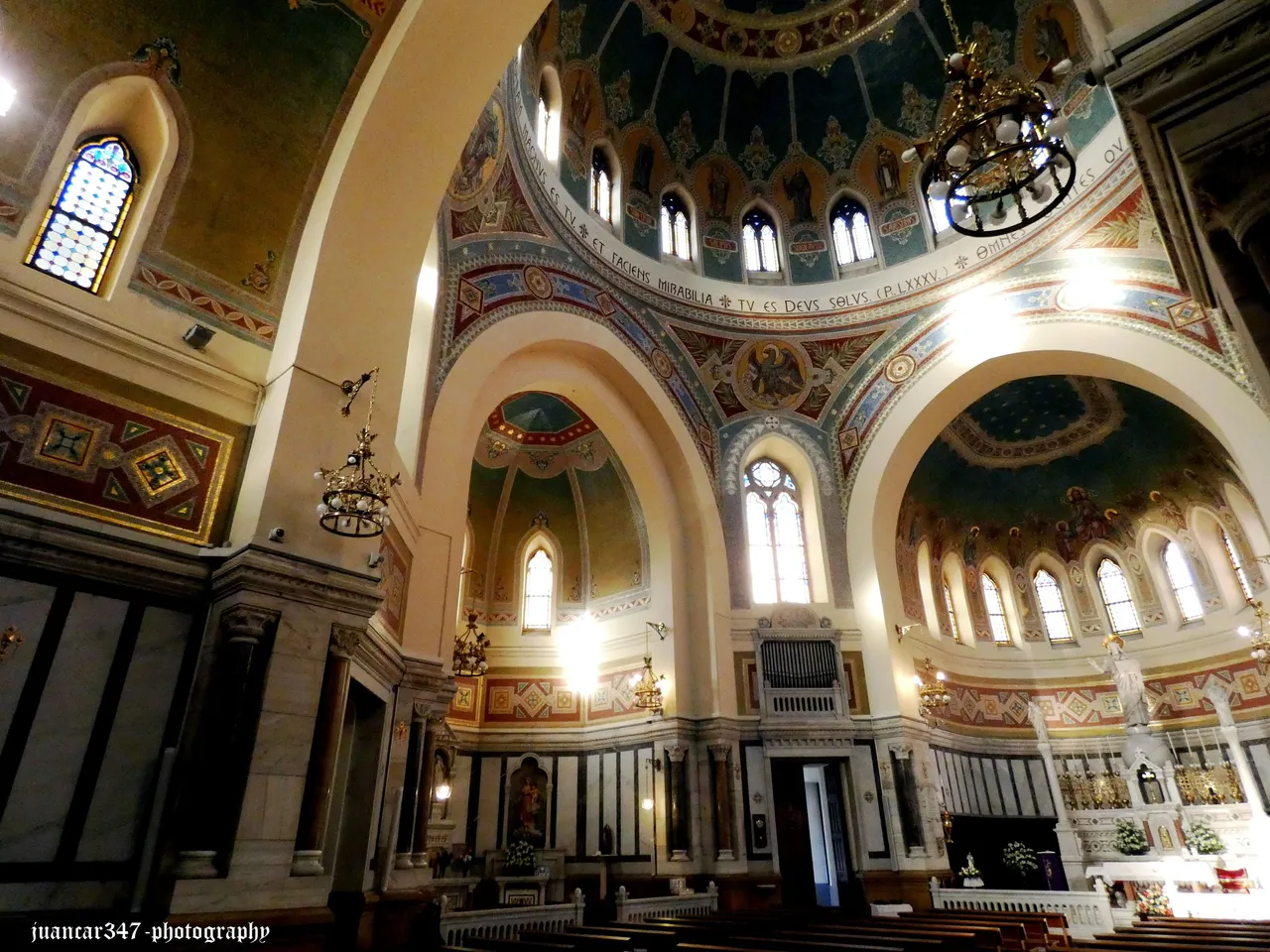
It so happens, moreover, that the architect in charge of carrying out this superb project -its beauty and harmony could well be considered, with the power granted by the metaphor, as a generous sacred geometry poem- was Fernando Arbós and Tremanti, author, for more references, of another of the great Madrid architectural classics, such as the Pantheon of Illustrious Men, annexed to the Basilica of Our Lady of Atocha.

Passionate about the Italian architectural influence, Arbós, in the same way that he left it manifest in the Pantheon of Illustrious Men, taking as a model the churchyard of the Piazza del Duomo, in Pisa, also left his imprint on this church, easily observable, both in the shape of its dome, and in the magnificent tower -it could be said that it is the 'twin' of the one that can be seen in the Basilica of Atocha- which follows the architectural patterns of the so-called Italian 'bell towers'.

With a centralized plan and in the form of a Greek cross -that is, with equally equal sides- on which the phenomenal dome stands, supported by four pendentives, which symbolically represent the Four Evangelists -Matthew, Mark, Luke and John- and endowed with of small windows all around, which provide a pleasantly filtered light, the interior of the church constitutes, above all, far from the sensation of narrowness that other naves can produce, separated laterally by rows of thick columns, a pleasant and proportionate space, not devoid of beauty and functionality.
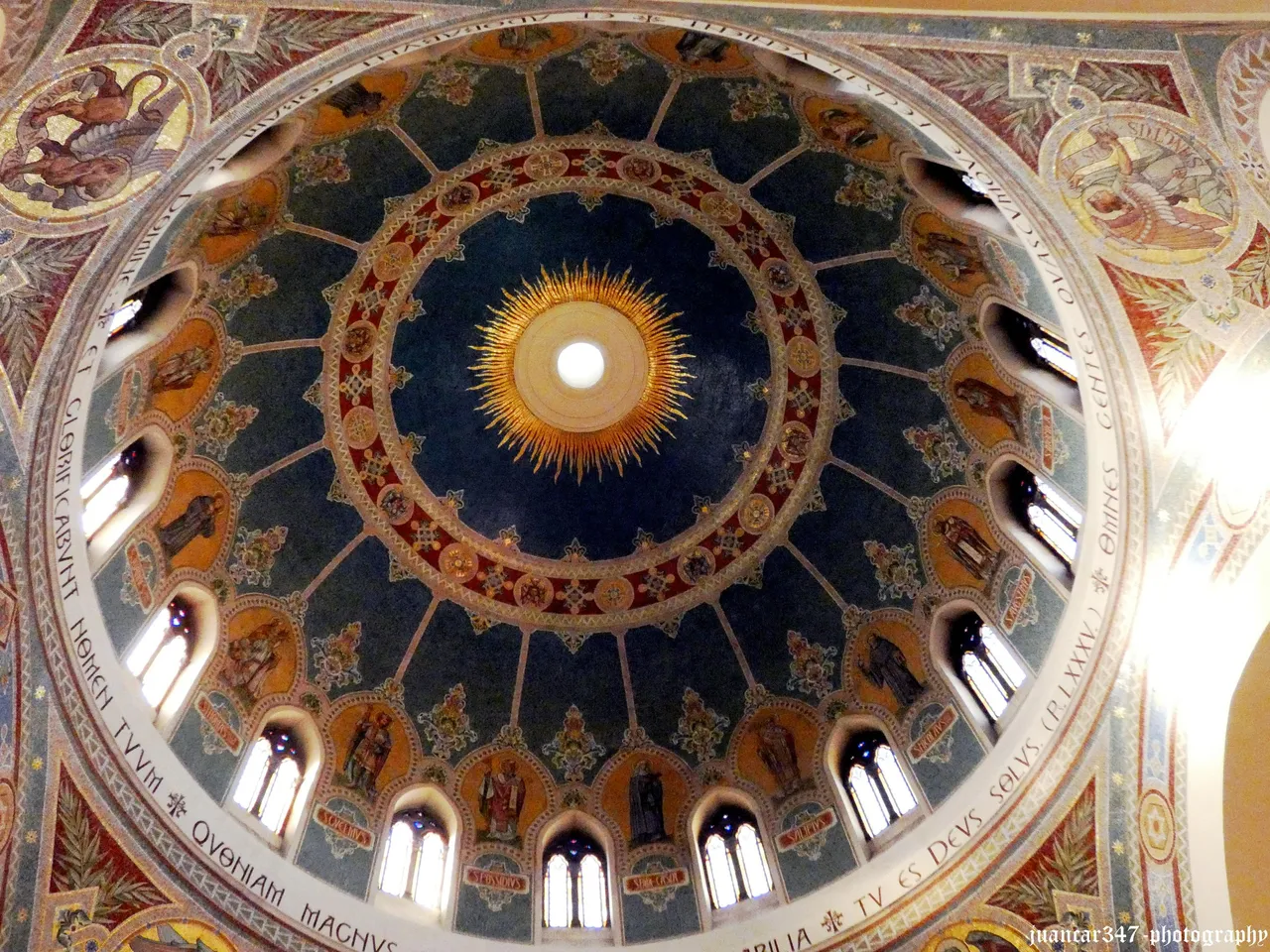
After the works were completed in 1910, when the extension of the streets of Alcalá and Gran Vía were still beginning to be the ideal fiefdom for the modernist architecture of architects, such as Antonio Palacios -who, of course, deserves a separate space, since a large part of his monumental work, is beginning to be in fashion again, as evidenced by the practically recently remodeled Gran Vía Metro station, which recovers its original design and the works that have just begun in Puerta del Sol, also directed for this purpose - was declared an Asset of Cultural Interest in 1982, constituting one of the most considered architectural elements of Madrid's formidable heritage.
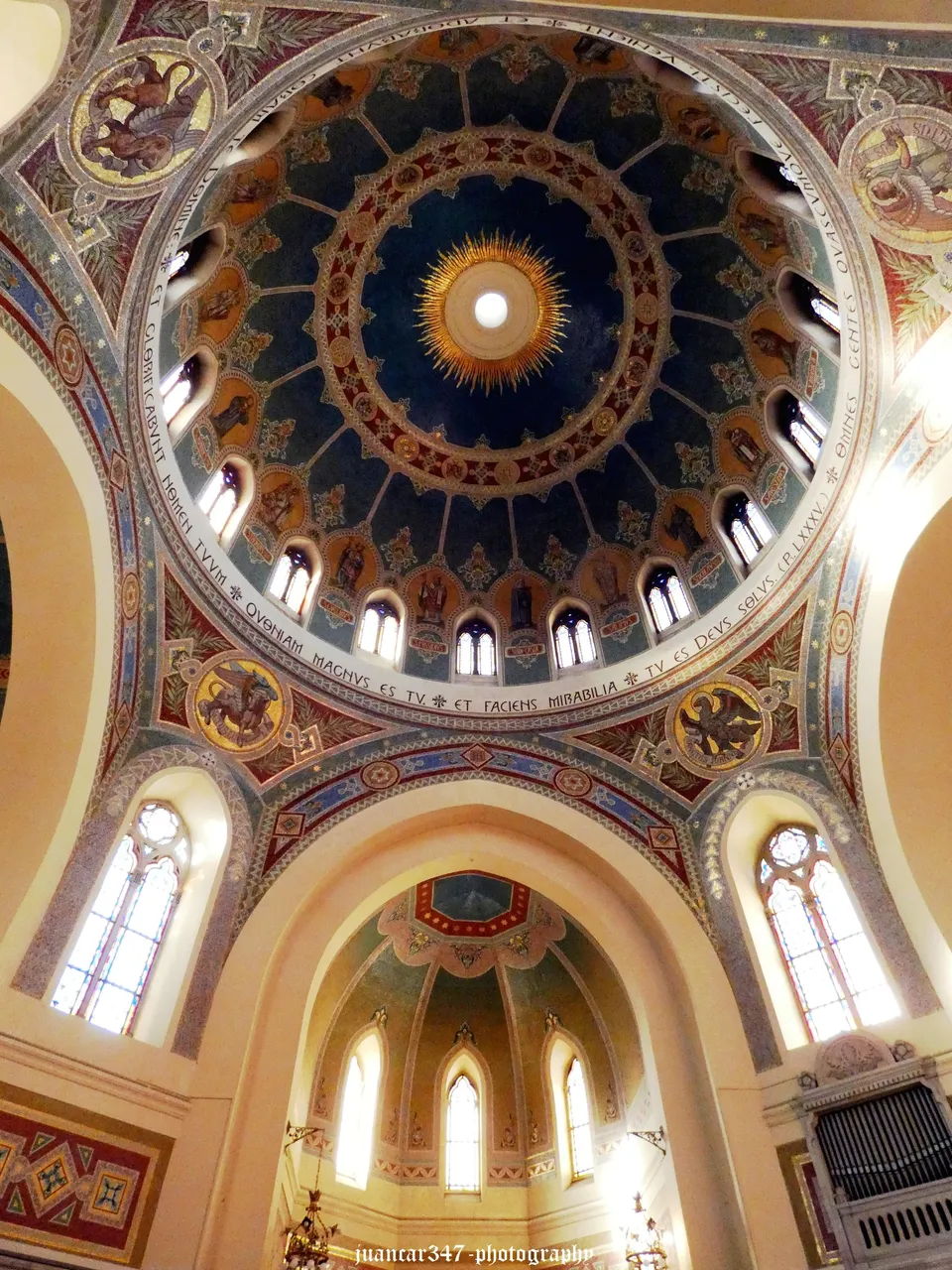
RELATED MOVIE:
NOTICE: Both the text, as well as the photographs that accompany it, as well as the video that illustrates it, are my exclusive intellectual property and, therefore, are subject to my Copyright.
